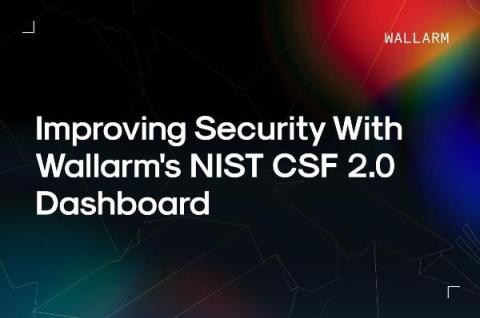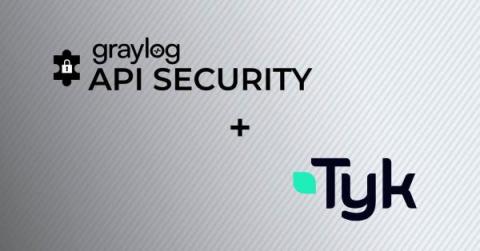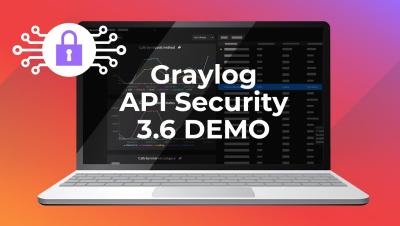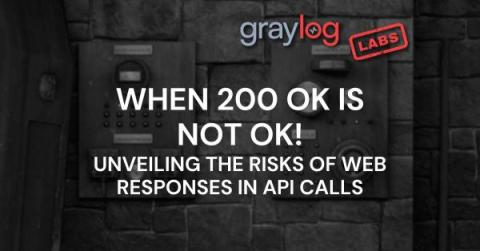Improving Security with Wallarm's NIST CSF 2.0 Dashboard
Ensuring the security of web applications and APIs is more critical than ever. With threats becoming increasingly prevalent and sophisticated, organizations need to employ comprehensive security measures to protect their digital assets. The NIST Cybersecurity Framework (CSF) 2.0 stands at the forefront of these efforts, offering a structured approach to managing cybersecurity risks.












